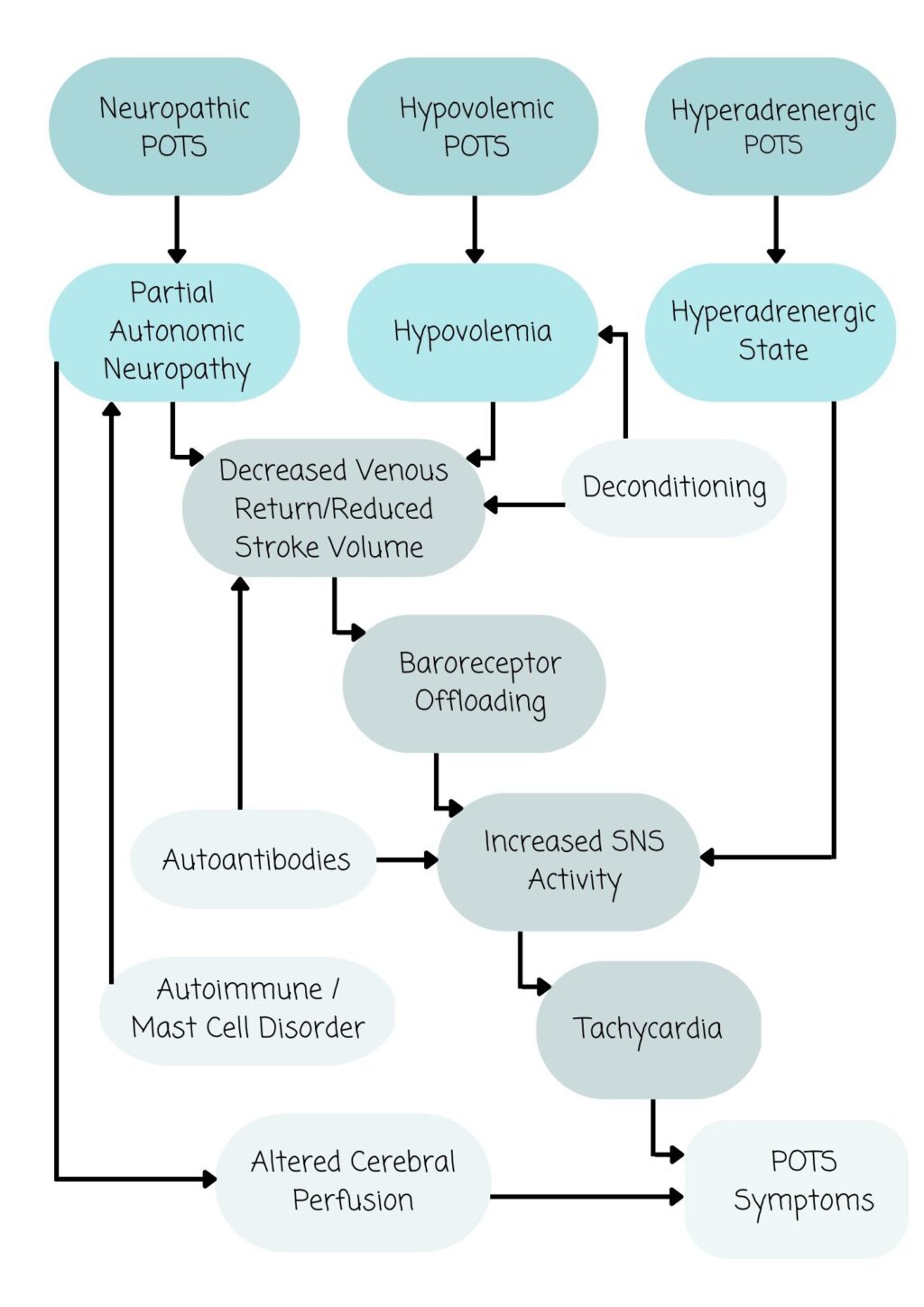
Introduction to POTS
POTS, or Postural Orthostatic Tachycardia Syndrome, is a condition that has garnered increasing attention over the past few years, particularly in the context of health discussions around chronic illnesses. This condition affects the autonomic nervous system and is characterized by a significant increase in heart rate when transitioning to an upright position. With growing awareness, POTS is becoming a relevant topic, as more individuals are being diagnosed and seeking effective management strategies.
What is POTS?
POTS is a form of dysautonomia and is primarily diagnosed when patients experience a heart rate increase of over 30 beats per minute upon standing, accompanied by symptoms such as lightheadedness, palpitations, fatigue, and fainting. While often overlooked, POTS may affect up to 1 million individuals in North America. Recently, a surge in POTS diagnoses among young adults has been linked to the COVID-19 pandemic, with many individuals reporting long-lasting health issues post-infection.
Symptoms and Diagnosis
Common symptoms of POTS include dizziness, weakness, and a feeling of being lightheaded when standing. Patients often describe a rollercoaster of symptoms that can severely impact daily life, leading to disability in some cases. Diagnosis typically involves a thorough examination, including an analysis of heart rate and blood pressure in different positions, alongside a review of medical history and symptomatology.
Causes and Risk Factors
The causes of POTS can be varied and include genetic predisposition, autoimmune disorders, and viral infections, particularly post-COVID conditions. Women are disproportionately affected, with estimates suggesting that 70% of POTS patients identify as female, typically presenting symptoms in their late teens or early twenties. Factors such as prolonged bed rest and significant life stressors may also trigger POTS in predisposed individuals.
Management Strategies
Management of POTS typically requires a multidisciplinary approach. Patients are often encouraged to increase fluid and salt intake to expand blood volume, wear compression garments to aid circulation, and engage in physical therapy tailored to enhance cardiovascular stability. Medications may include beta-blockers and fludrocortisone, tailored to the individual’s needs. Additionally, lifestyle adjustments such as regular exercise can help mitigate symptoms over time.
Conclusion
As awareness of POTS grows, so too does the understanding of its impact on individuals’ health and quality of life. Keeping abreast of emerging research and experiences from those living with POTS is crucial in fostering support systems and advancing treatment options. With an estimated increase in diagnoses, especially among younger populations, continued attention to POTS will remain vital in healthcare discussions and initiatives.



